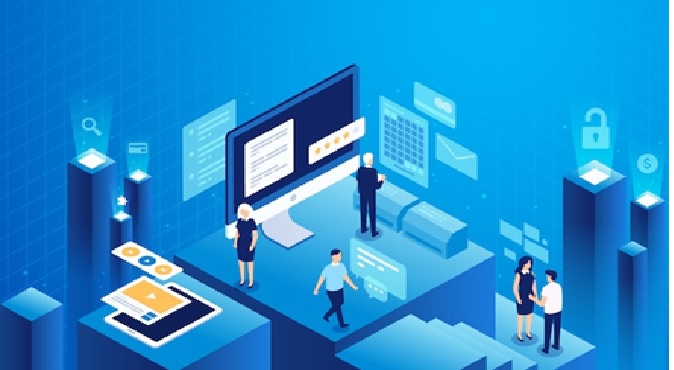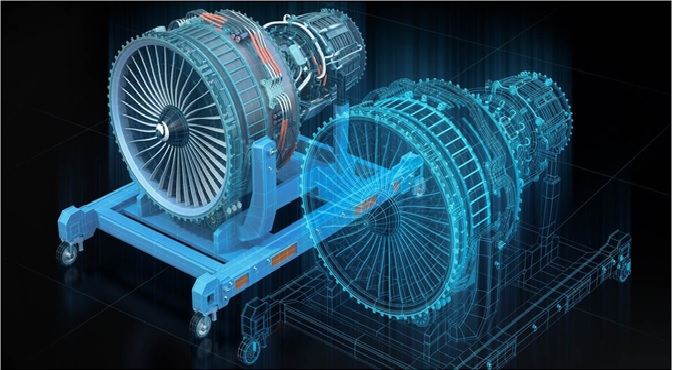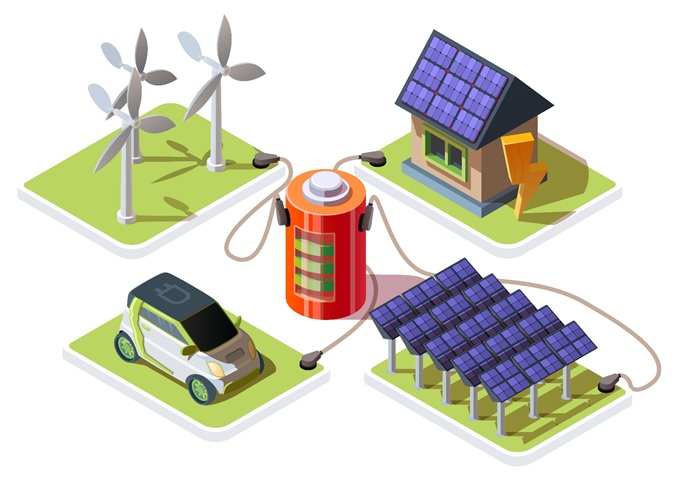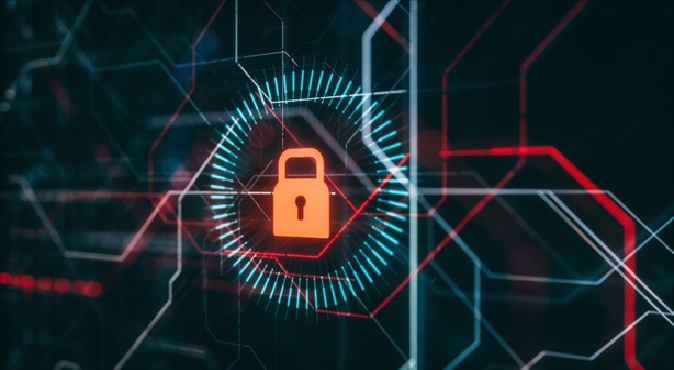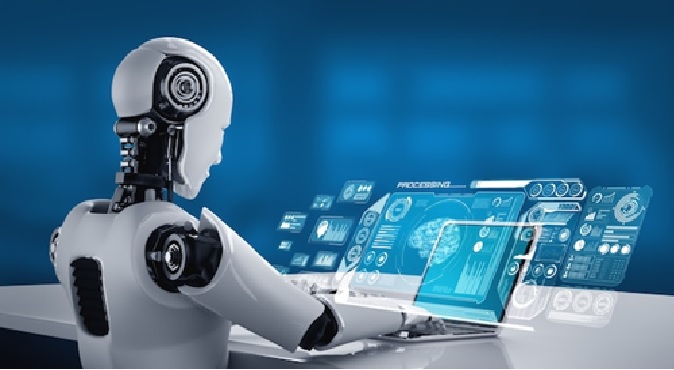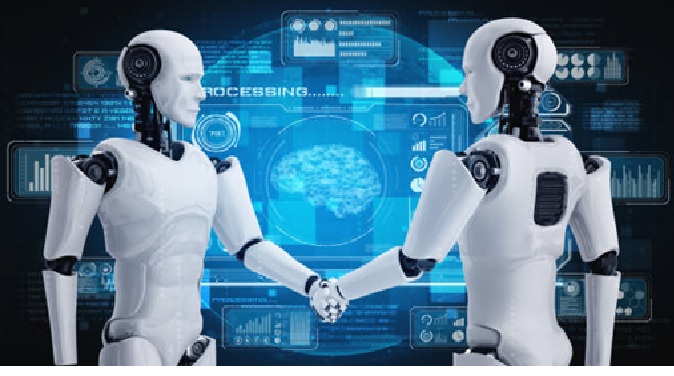The Future of Virtual Reality in Education
Virtual reality (VR) technology has the potential to revolutionize education by providing immersive and interactive experiences that can enhance learning outcomes. With the use of VR, students can explore historical events, scientific concepts, and even virtual worlds that are not possible to experience in real life. This topic covers the current state of VR technology in education, its potential benefits and challenges, and the future of VR in transforming education.
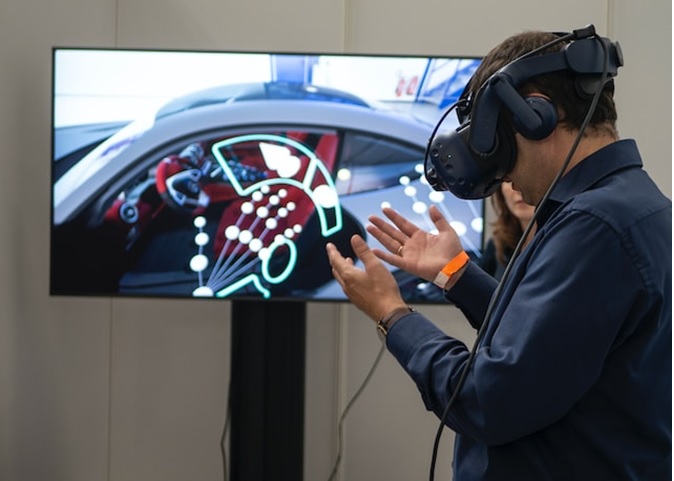
Figure 1. A student using VR
Figure 1 shows a student using VR for education. One of the biggest benefits of VR in education is its ability to engage students and make learning more fun and interactive. With VR, students can learn by doing, rather than just reading or listening to lectures. They can explore complex scientific concepts, take part in simulations and experiments, and even travel to distant places without leaving the classroom. This can help students retain information better and improve their critical thinking and problem-solving skills.
There are several benefits of using Virtual Reality (VR) technology for education, including:
- Enhancing Learning Outcomes: VR technology provides students with an immersive and interactive learning experience that can help them understand complex concepts better. Students can experience simulations of different scenarios, such as science experiments, historical events, and cultural experiences, which can help them retain information and improve their understanding.
- Increasing Engagement: VR technology can make learning more fun and interactive, leading to increased student engagement. When students are immersed in a virtual environment, they are more likely to participate actively in the learning process, leading to better learning outcomes.
- Providing Equal Opportunities: VR technology can provide equal opportunities for all students, regardless of their socioeconomic background or physical location. Students who do not have access to physical resources can experience virtual simulations, leading to an equal learning experience for all.
- Enhancing Creativity and Innovation: VR technology provides students with the freedom to explore, experiment and create in a virtual environment. This can lead to increased creativity and innovation, as students can use VR technology to develop and test new ideas.
- Enhancing Safety and Security: Students can experience high-risk scenarios such as medical emergencies, natural disasters, or crime scenes in a safe and controlled virtual environment. This can help students develop important skills while keeping them safe.
- Increasing Flexibility and Access: VR technology provides students with the flexibility to learn at their own pace, and from any location, as long as they have access to a VR headset and the internet. This can be particularly useful for students who live in remote areas, have physical disabilities or who are unable to attend regular classroom sessions.
However, there are also some challenges that need to be addressed before VR can become a mainstream tool in education. One of the biggest challenges is the cost of VR hardware and software. Currently, VR equipment can be expensive, which may limit its accessibility for some schools and students. Additionally, there is a lack of high-quality educational VR content available, which may limit its use in certain subjects and topics.
Despite these challenges, the future of VR in education looks bright. As VR technology becomes more advanced and affordable, it is likely that we will see more schools and educators incorporating it into their teaching practices. With the potential to improve learning outcomes, increase student engagement, and provide equal opportunities for all students, VR has the potential to transform education as we know it.
Cite this article:
Hana M (2023), The Future of Virtual Reality in Education, AnaTechMaz, pp.203



